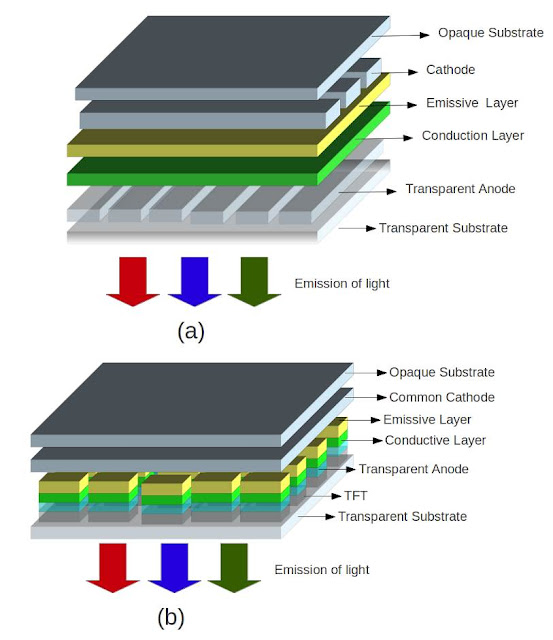Sundar Pichai, Chief Executive Officer (CEO) of Google introduced a new technology called Google Lens in the Google IO developer Conference. It was held in the period 17 to 19th of May 2017 at San Francisco, California state, United States of America. Google IO developer conference is an annual event. It showcases technical in-depth sessions focused on building Web, mobile, and enterprise applications pertaining to Google products and open sources such as Android, Chrome and Chrome OS [1].
During the demo of Google Lens technology, Mr. Sundar Pichai captured the photo of a flower with a Lens technology enabled Smartphone [2]. The Lens was able to identify the flower. Armed with Lens enabled smart phone, an English man can translate Japanese bill board and understand the content. Take a snapshot of business's storefront and Google Lens will give associated information about the store. In essence Google Lens can understand a picture and act accordingly. Thus Google has provided a new way of interaction with the mobile device. The Google is planning to integrate this technology to Google Assistant. It is expected to be released as an app in upcoming Smartphones.
 |
| Fig. 1. Snapshot of Google Lens enabled Smartphone. Courtesy [2] |

